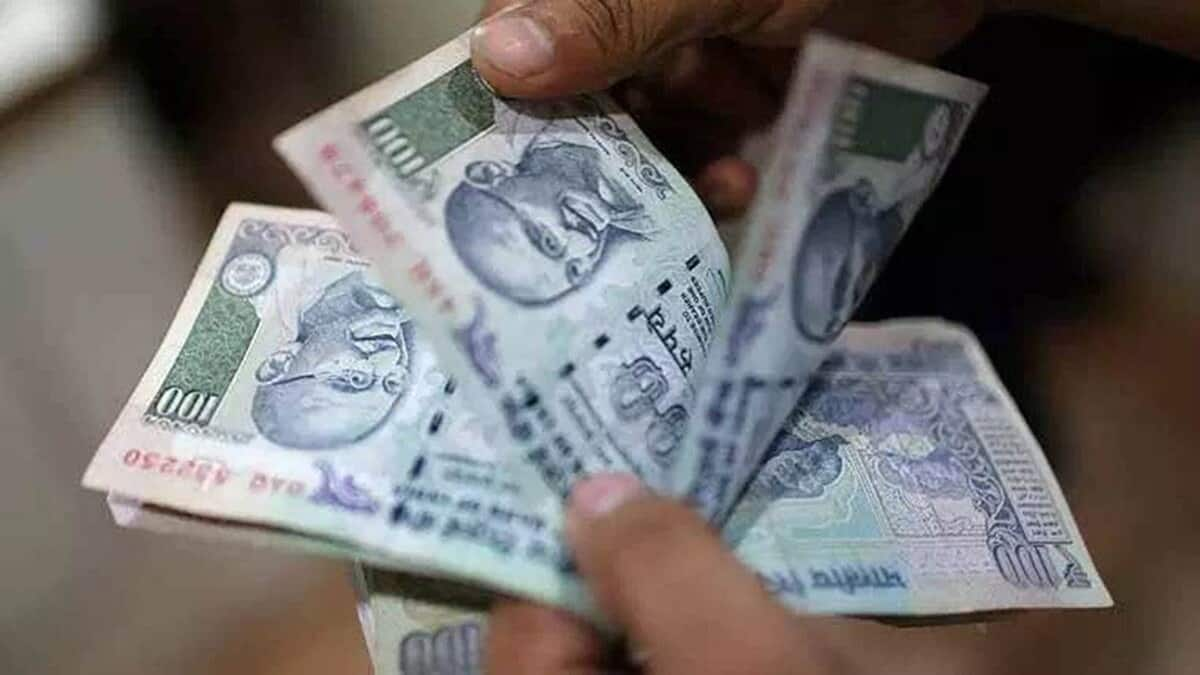G-Sec listing overseas: No plan for tax relief yet
Even as it’s keen on listing certain government securities on overseas bond indices, India is hesitant to extend capital gains tax waivers to foreign investors or freeze the rate at a certain level for fears that it could undermine its sovereign policy-making space in future.
Sources said any such relief may also trigger similar demands from current investors in the domestic bond market who are subject to the capital gains tax. The government has been in talks with JP Morgan and Bloomberg-Barclays for the overseas listing.
Also read: Top i-banks under Sebi lens over possible disclosure lapses
Currently, for listed domestic bonds, the holding period required for taxation as long-term capital gains is one year. For holding for more than one year, the tax rate is 10% plus surcharge and cess. Indexation, in such cases, is not available on bonds, barring sovereign gold bonds.
Moreover, the government’s anxiety over greater capital outflows during tough times following the listing of the securities overseas and its preference for local settlement of securities (just like China) are among the issues that are still being deliberated on. Consequently, as FE reported on September 4, the listing plan is likely to be pushed to early 2023.
JP Morgan reportedly began fresh talks with investors recently about adding India to its emerging market index. This raised expectations of an imminent listing of the country’s securities.
The government is also discussing clearing and settlement issues with Euroclear. Bonds listed on global indices are mostly settled via international platforms, including Euroclear, outside a country’s borders. Sources had earlier said that Euroclear had been pushing India to exempt the transactions from taxes, citing the fact that many other countries, too, follow similar policy.
India’s overseas bond listing plan is aimed at not just financing a portion of the country’s elevated fiscal deficit in the aftermath of the Covid-19 outbreak but deepening its bond market. The move would potentially draw higher foreign flows, as many overseas funds track global indices.
Also read: Gautam Adani slips to third place in world’s rich list, Mukesh Ambani out of top-10 after Monday’s D-St rout
In March, the government announced its plan to borrow Rs 8.45 trillion from the market through dated securities in the first half of FY23. It has pegged FY23 gross market borrowing at Rs 14.31 trillion (after adjusting for the conversion of short-term maturities into long-dated bonds). The government is unlikely to factor in any potential inflows from the listing of government securities on overseas bond indices when it announces its borrowing calendar for the second half of this fiscal on October 1.
Morgan Stanley last year estimated that $40 billion would flow into Indian government bonds after the inclusion into two of the three global indices —Bloomberg Global Aggregate Index and JPM GBI-EM Global Diversified Index. On an average, $18.5 billion in annual inflows will take place over the next decade. This would push foreign ownership of Indian government papers, currently less than 2%, to 9% by 2031.
The Centre is unlikely to factor in any potential inflows from the listing of certain categories of government securities on overseas bond indices when it finalises its borrowing calendar for the second half of this fiscal later this month.
